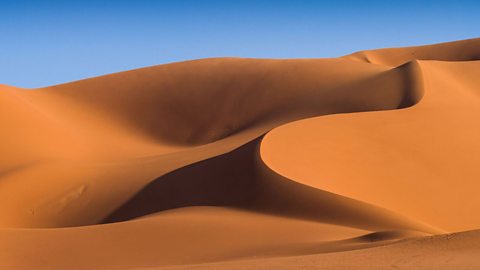Map of Europe
- Europe is located in the Northern Hemisphere.
- The Atlantic Ocean is to the west of Europe.
- It is the second smallest continent in the world. It has over 40 countries.
- Russia is the largest country in both Europe and the world. Its land spans across Europe and Asia.
Physical geography
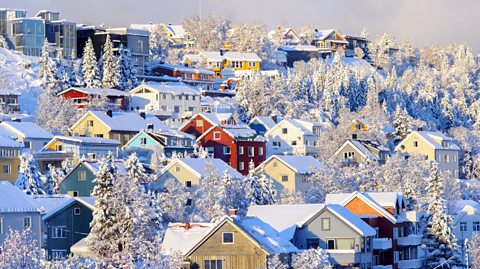
- Much of Europe has a temperate climate. That means there are warm summers and colder winters.
- Some northern areas have a polar climate and some southern areas are much warmer.
- Europe’s longest river is the River Volga, flowing through Russia.
- Norway has the longest coastline in Europe, stretching over 50,000km in length.
- The tallest mountain in Europe is Mount Elbrus which is 5,643m high.
- The Alps mountain range is a popular destination for tourists who enjoy winter sports like skiing and snowboarding.
- Italy is a hotspot for active volcanoes. Italy's largest volcanoes include Mount Vesuvius, Mount Etna, and Stromboli.

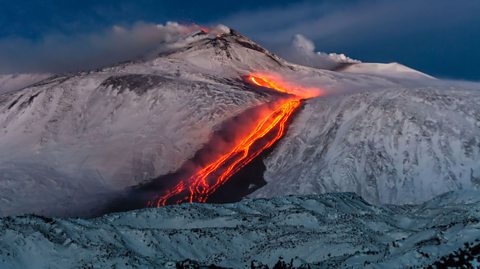
Human geography
Key cities in Europe include London (in the United Kingdom), Frankfurt (in Germany), Brussels (in Belgium) and Madrid (in Spain).
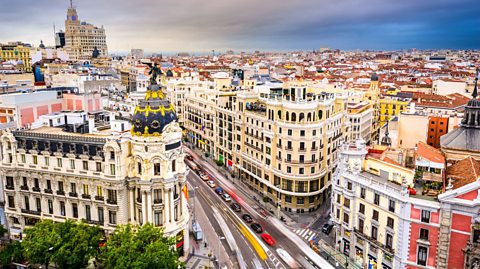
Tourists visit Europe to see popular landmarks such as the Eiffel Tower (in France), the Colosseum (in Italy) and the Acropolis ruins (in Greece).
Europe has a high population density compared to other continents. This means it has a high number of people per square km of land.
Iceland is one of the world's largest producers of geothermal energy. This renewable energy heats homes and buildings using hot water and steam from underground.
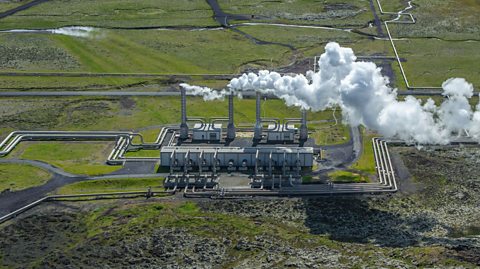
Activity: Quiz – Europe
Bitesize Primary games. gameBitesize Primary games
Play fun and educational primary games in science, maths, English, history, geography, art, computing and modern languages.

More on The 7 continents
Find out more by working through a topic
- count9 of 14

- count10 of 14
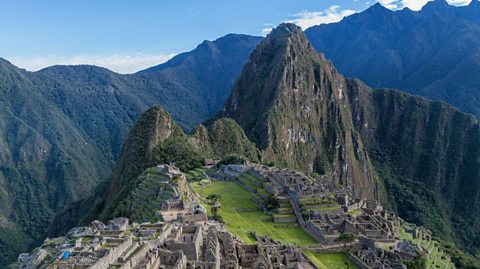
- count11 of 14
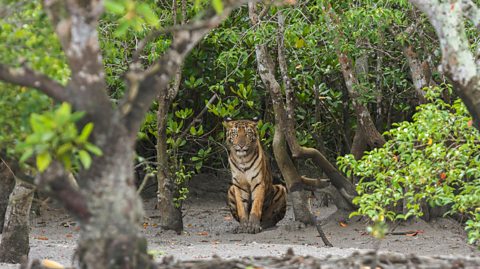
- count12 of 14
